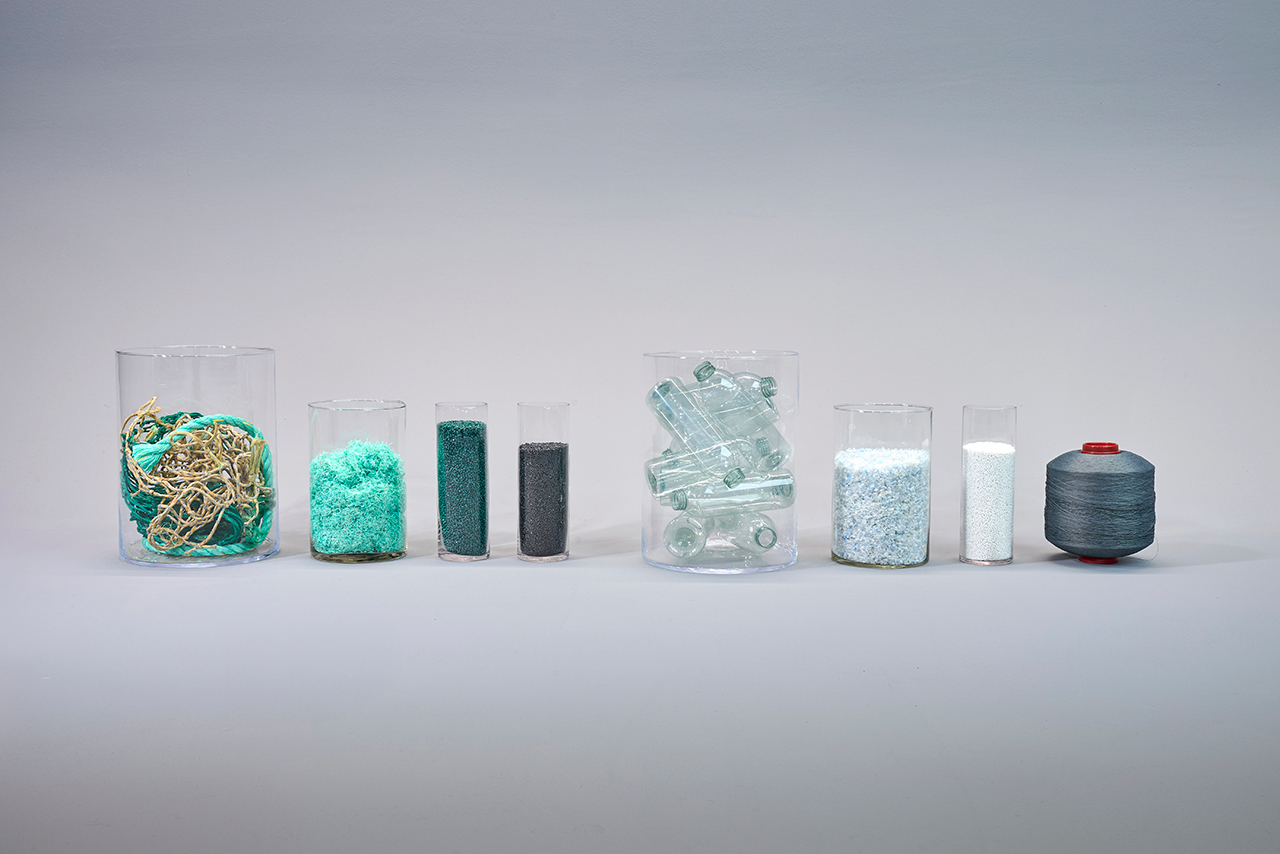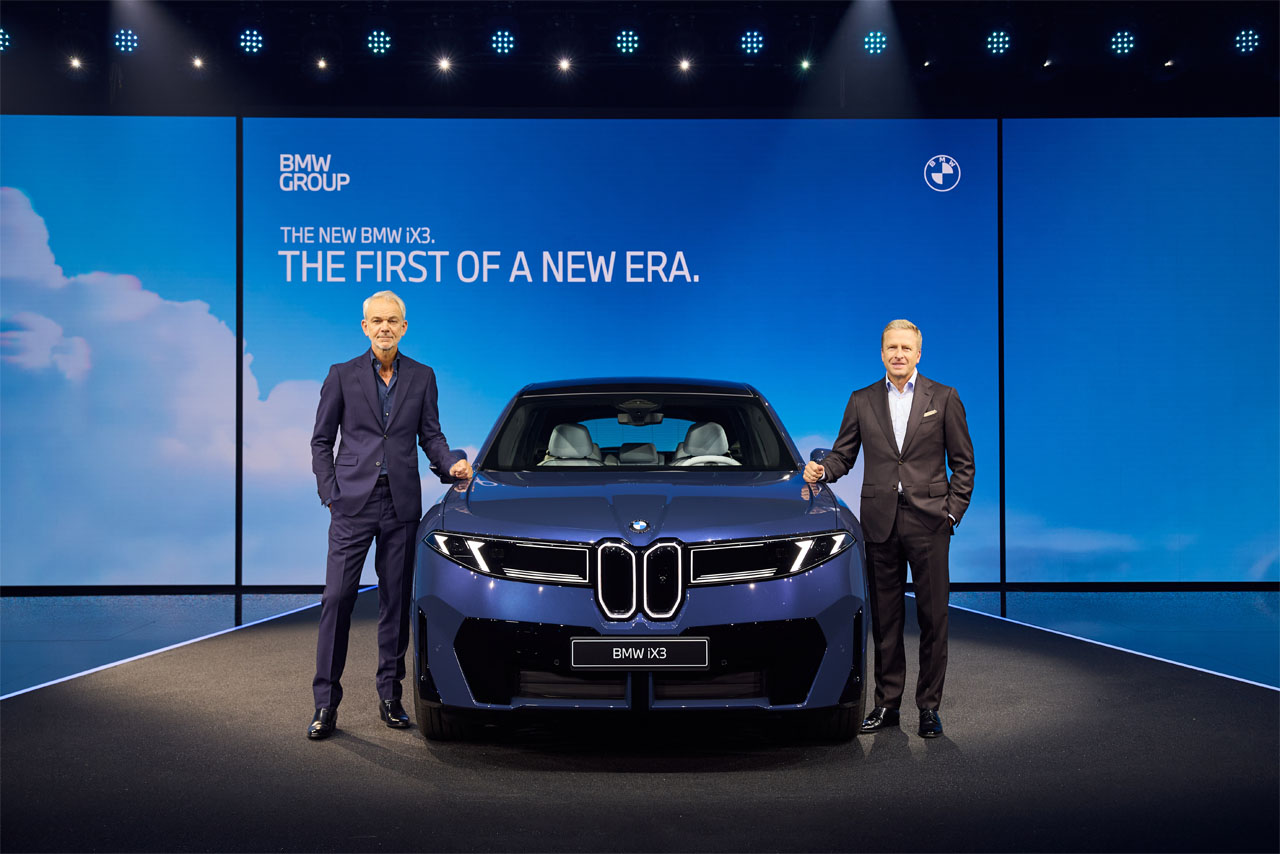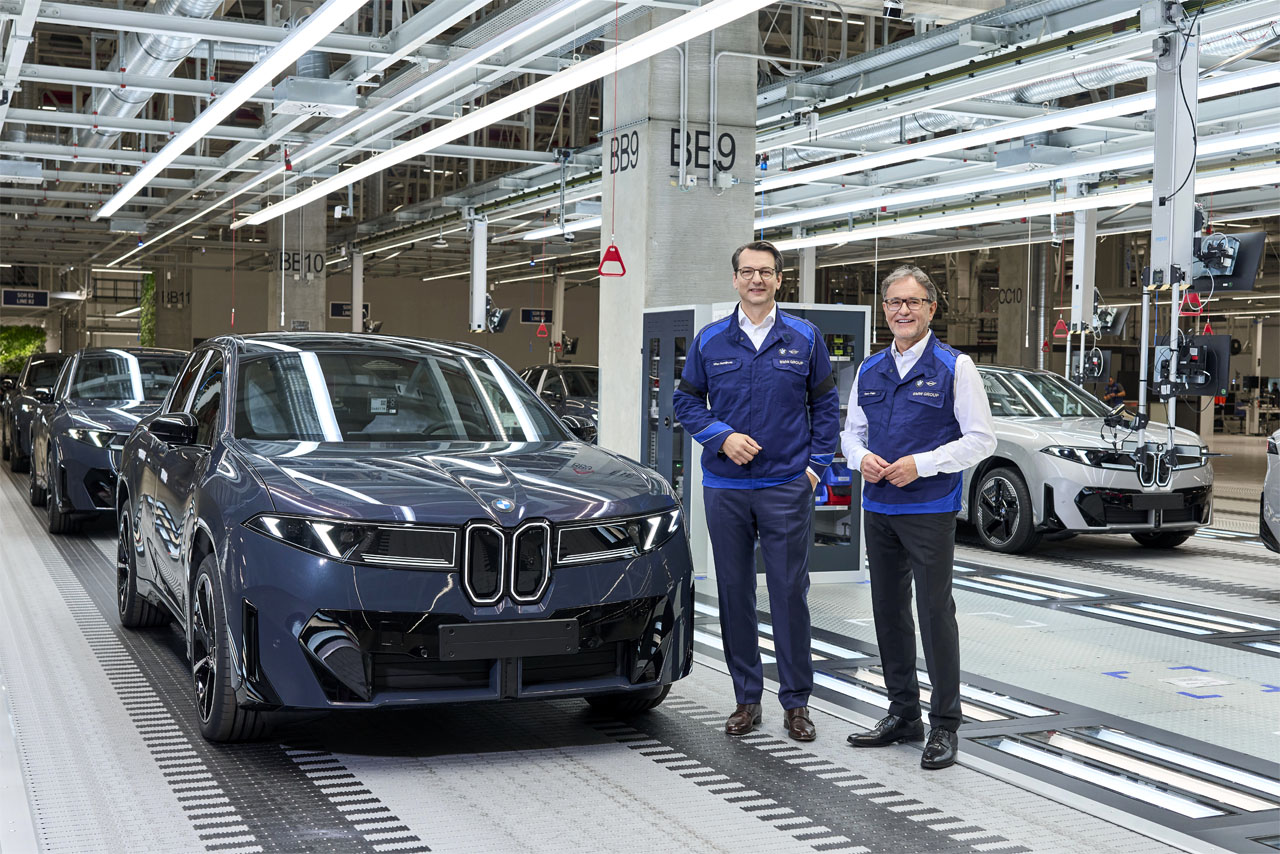The BMW Group is a future-oriented mobility company. In a complex, connected and changing environment, comprehensive research and development are essential to withstand the challenges ahead. This relies on the right locations with the right conditions. China, for example, plays a key role in research and development at the BMW Group as a lead market for electromobility and digitalisation.
China now provides the BMW Group with its largest development capacity outside of Germany.
In addition to Shenyang, there are two other research and development centres: one in Beijing and the other in Shanghai. While each of the three locations in China focuses on different tasks, together, Shanghai, Shenyang and Beijing form a strong innovation network.
“Chinese infrastructure is world-class. China has a lot of talents, and the government is a big supporting factor. Shanghai spearheads the BMW R&D network in China and also serves as an incubator for future technologies,” explains Jochen Goller, President & CEO, BMW Group Region China.
The Research and Development Centre in Shanghai extends over 2,500 square metres and houses four departments, including a laboratory for connected and automated driving. The BMW Group has been developing autonomous driving and other technologies here since 2014. It is the first foreign manufacturer allowed to conduct long-term testing of Level 2+ hands-off systems on Shanghai’s roads. This is all the more important in light of China’s traffic situation.
“Anyone who’s been to China and seen the traffic knows this is a real challenge, with a lot of cross traffic and a lot of uncontrolled traffic,” according to Dr. Martin Sautter, Senior Vice President, BMW Group Research and Development Centre China, BMW China.
A local research and development department for autonomous driving therefore lays an important foundation for perfecting this technology. This is the only way to find safer, more user-friendly and more intelligent solutions for the mobility of tomorrow.
The specialist division for Digital Products & Services is also located at the Research and Development Centre in Shanghai. Its job is to operate and refine BMW Connected and other digital services to create a comprehensive mobility ecosystem. The Designworks Shanghai Studio, on the other hand – like its counterparts in Munich and Los Angeles – is a global, future-oriented and creative design studio. The fourth department based in Shanghai is the Technology Office China. This focuses on three main areas: megacity mobility in China; innovations; and data analysis from Chinese customer vehicles.





















